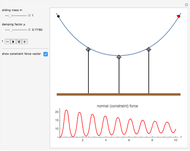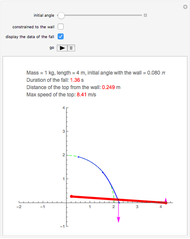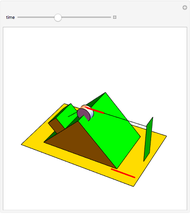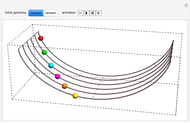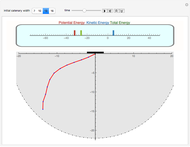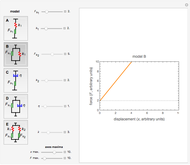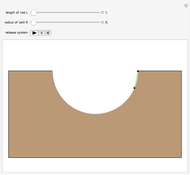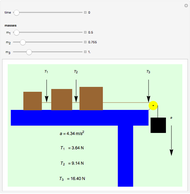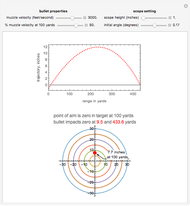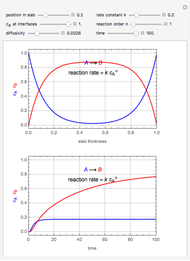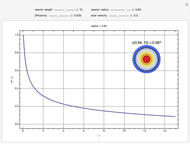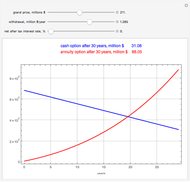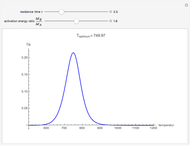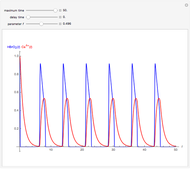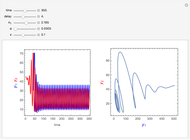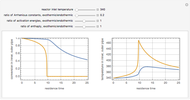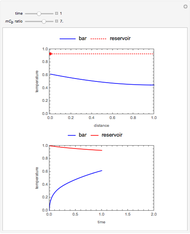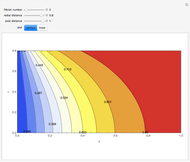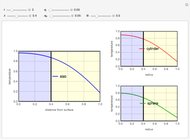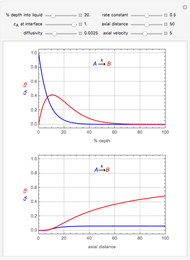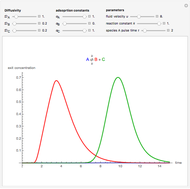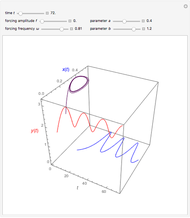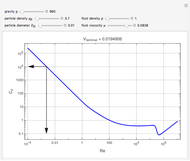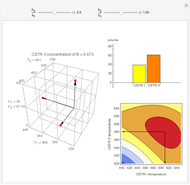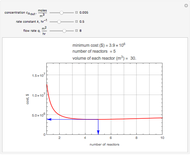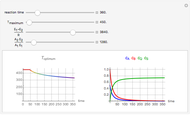The Sliding Chain Problem

Requires a Wolfram Notebook System
Interact on desktop, mobile and cloud with the free Wolfram Player or other Wolfram Language products.
This Demonstration analyzes the problem of a flexible chain sliding off a table top with and without friction.
Contributed by: Clay Gruesbeck (April 2012)
Open content licensed under CC BY-NC-SA
Snapshots
Details
Consider a uniform flexible chain one meter long. The chain is stretched on a table with a fraction of its length  hanging over the edge. If the coefficient of sliding friction between the chain and the table is
hanging over the edge. If the coefficient of sliding friction between the chain and the table is  , the time
, the time  that it takes the chain to slide off the table is given by [1]:
that it takes the chain to slide off the table is given by [1]:
 ,
,
where  is the total length of the chain (here equal to 1) and
is the total length of the chain (here equal to 1) and  is the acceleration due to gravity.
is the acceleration due to gravity.
The chain slides only if  . A frictionless vertical barrier close to the edge of the table is assumed to guide the chain down as it slides off the table and thus prevents the horizontal momentum to carry the chain in a horizontal direction. For the development of an algorithm that includes the horizontal momentum, see [2].
. A frictionless vertical barrier close to the edge of the table is assumed to guide the chain down as it slides off the table and thus prevents the horizontal momentum to carry the chain in a horizontal direction. For the development of an algorithm that includes the horizontal momentum, see [2].
References
[1] F. Behroozi, "The Sliding Chain Problem with and without Friction: A Universal Solution," European Journal of Physics, 18(1), 1997 pp. 15–17.
[2] J. Vrbik, "Simulating a Chain Sliding off a Desktop," The Mathematica Journal [online], 13, 2011. www.mathematica-journal.com.
Permanent Citation






